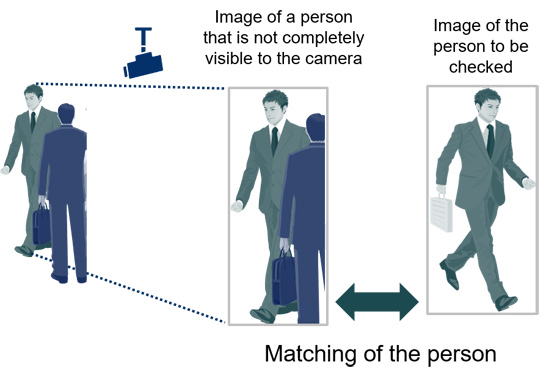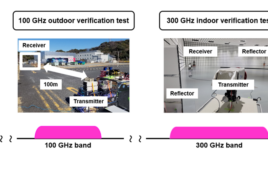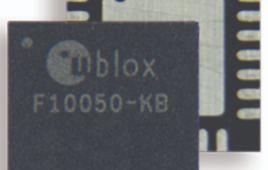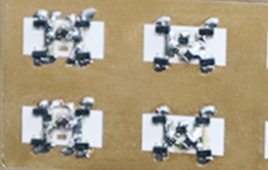If a camera catches a partially hidden image of an individual, like photos taken from behind or the side, the mysterious figure may think they’re safe. But their days of ease may soon come to an end with NEC Corporation’s new recognition tech, known as “Person Re-identification Technology.”
The system doesn’t rely solely on facial images, but rather brings the entire appearance of the person into question, including features like clothing and body shape. Using the company’s image analysis and deep learning technologies, the system first draws upon a source image (a picture of the person they’re looking for). Then, it automatically selects certain parts in the photo and compares them to surveillance images, looking for any overlaps among multiple figures.

(Image Source: NEC Corporation)
According to NEC Corporation, the match rate is as high as 90 percent, a figure gathered from an in-house evaluation based on public databases.
“NEC has a large portfolio of world-class biometrics certification technologies that include facial and fingerprint recognition,” says Masayuki Mizuno, general manager, Biometrics Research Laboratories, NEC Corporation. “We are now expanding this portfolio within our NEC Safer Cities solutions, our NeoFace facial recognition AI-engine that boasts the world’s No.1 accuracy, and NEC’s advanced video analyzer.”
Certain applications that may benefit from this tech, according to NEC Corporation, include security support in large facilities with many obstructions or people, and search efforts for lost children.




